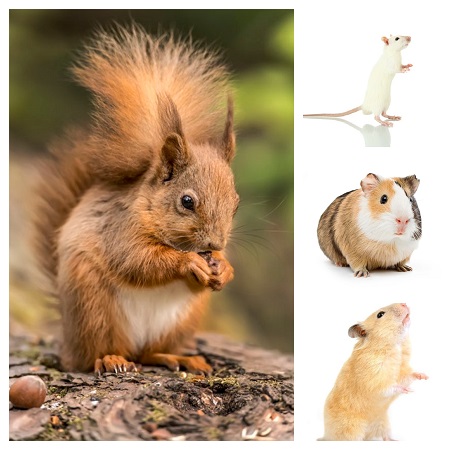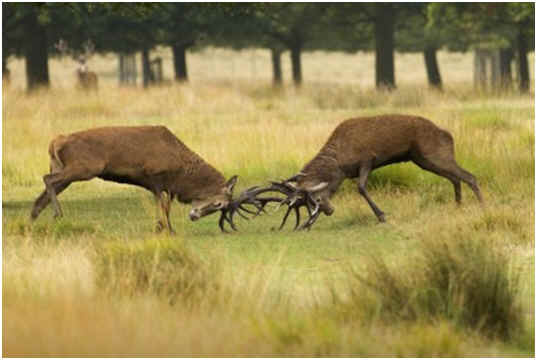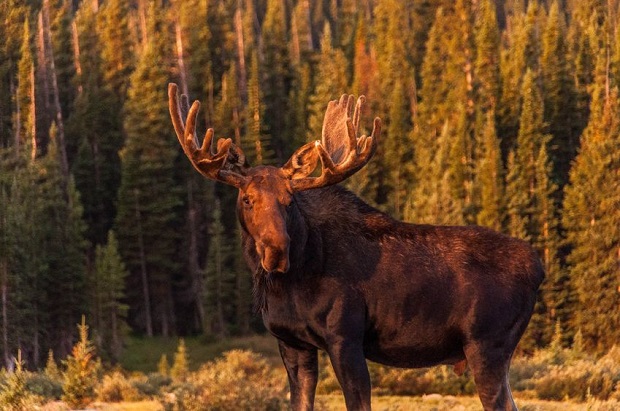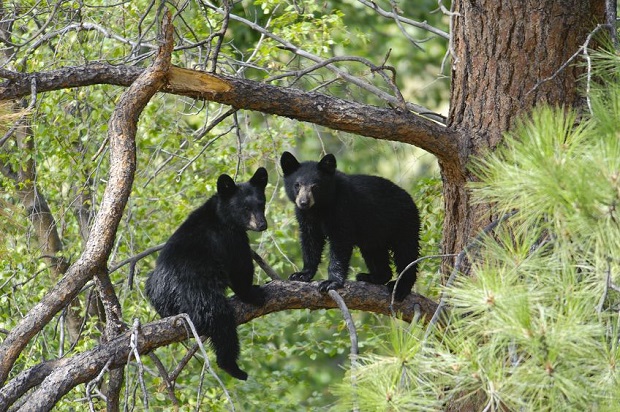
What Do You Call a Group of Bears?
A group of bears is called a sleuth or sloth. An adult male bear is called a boar, and a female bear is called a sow. Baby bears are called cubs. An adult bear doesn’t typically travel in sleuths except for a sow with her little cubs and if there is a surplus of food in one location. Bears are the most solitary of carnivores.
A Group of Bears (Sleuths) Don’t Include Males

Bear cubs travel with their mother until she is ready to mate again. This is when they separate. The very young cubs may stay together for a short period. Most female bears tend to stay close to their mother’s home range. The males move further away.
The average age when a young black bear leaves their mother is at seventeen months of age. The grizzly bear (also called the brown bear) and polar bear cubs tend to stay with their mother longer, for 3-4 years.
Until then, the mother bear teaches her young how to climb trees, find food, and swim. While under her protection, the mother grizzly will vehemently defend her cubs against predators like wolves and even other bears. Interestingly, the black bear’s mother is not as diligent regarding protection.
A Group of Bears (Sleuths) Is Not Common
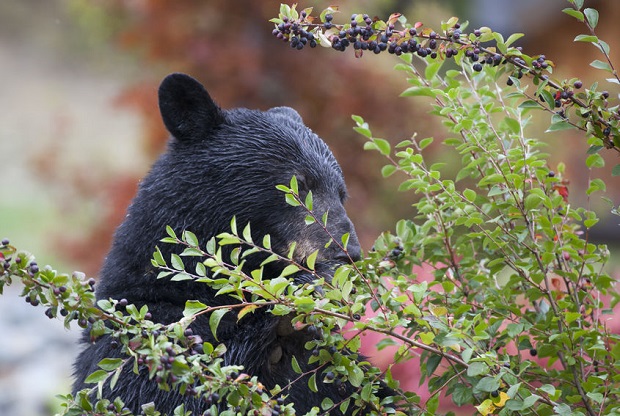
Although they are loners, bears can be territorial if food is scarce. On the other hand, when food is abundant, they tolerate each other as sleuths; but they do not socialize. Typical areas you will find a sleuth of bears, according to the Department of Fish and Game, are:
- Open dumps
- Farm fields
- Berry patches
How Solitary Bears Communicate
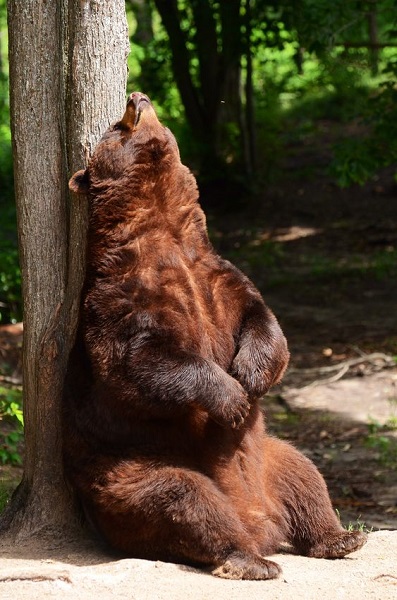
Bears communicate with each other through their scent. They will aggressively rub up against a point of contact, such as a tree. Their fur transfers scent to be picked up by any bear passing by. This enables them to track other bears in its vicinity. The male bears use it frequently during mating season to show dominance.
A bear’s sense of smell is seven times stronger than a bloodhound giving it the ability to smell up to a mile away! The bear’s sense of smell is considered the strongest of all land mammals.
Bear Attacks

Bear attacks are rare. According to Timothy Floyd, MD, FACS, brown bear attacks tend to be severe and happen quickly without provocation when they do occur. Black bear attacks usually result in minor injuries and are predacious. And polar bear attacks are exceedingly rare. The ferocity of polar bears has been overemphasized, he adds.
According to Lynn Rogers, a research wildlife biologist with the United States Department of Agriculture, the number of deaths caused by black bears in North America totals 28 in the last 100 years. Rogers puts that into perspective by comparing black bear attack deaths to other causes of fatality.
For every one person killed by a black bear:
- Spiders kill 17
- Snakes kill 25
- Dogs kill 67
- Tornadoes kill 150
- Bees and wasps kill 180
- Lightning kills 374
- 90,000 are killed by other humans in the United States alone
References
- USGS Northern Prairie Wildlife Research Center – “Animal Congregations – Or What Do You Call a Group of …?”
- National Park Service – Denali National Park and Reserve – “Grizzlies: Big, Brown, Berry-eating Bears”
- Rogers, Lynn. “Watchable Wildlife: The Black Bear.” United States Department of Agriculture. North Central Forest Experiment Station.
- Polar Bears International – “Polar Bear Mother and Cubs – FAQ”
- Florida Fish and Wildlife Conservation Commission – “Black Bear Behavior”
- Alaska Department Fish and Game – Alaska Fish and Wildlife News – “Bears Rub Trees and Scent Marking”
- Floyd, Timothy MD FACS. “Bear-inflicted human injury and fatality.” Wilderness & Environmental Medicine. 1999 10(2): 75-87

